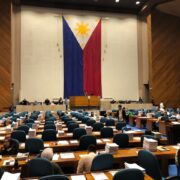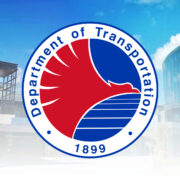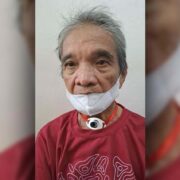After a week, a weak response

Typhoon “Opong,” which hit Masbate, unveiled one painfully clear truth: our so-called Disaster Risk Reduction and Management Councils have become little more than bureaucratic deadweight. The storm lasted only hours, but the waiting that followed dragged on for weeks. Relief and recovery operations crawled, while families endured hunger, displacement, and despair.
I write this as someone inside the system—and I’m frustrated. Frustrated by how we’ve turned disaster response into a show of press conferences and photo ops. Because let’s be honest, we’ve made excuses to cover up inaction. We’ve heard them all—“We’re still assessing,” “There’s no power,” “Communication lines are down,” and a dozen other senseless lines meant to justify delay.
The truth is, we call ourselves public servants, yet when the public cries for help, too many of us are nowhere to be found. We have Disaster Risk Reductions and Management Councils in name, but not in spirit. What’s “quick” about relief goods that arrive after two weeks? Relief coming after one or two weeks is like calling a snail a racehorse.
It’s true that relief delayed is relief denied. Every day of delay is another day a child goes hungry, a student’s dream fades, and a family sleeps without a roof over their heads. It’s our responsibility to the people, and to the title we carry, to do better. To always be reminded that our duty does not begin when pictures are taken, nor should it end when the headlines fade.
The problem isn’t just logistics; it’s leadership. True disaster management doesn’t start after the damage—it begins long before the storm, with preparation, coordination, and the political will to act swiftly.
Eric E. Castillo,
vicemayor.ericcastillo@gmail.com

















